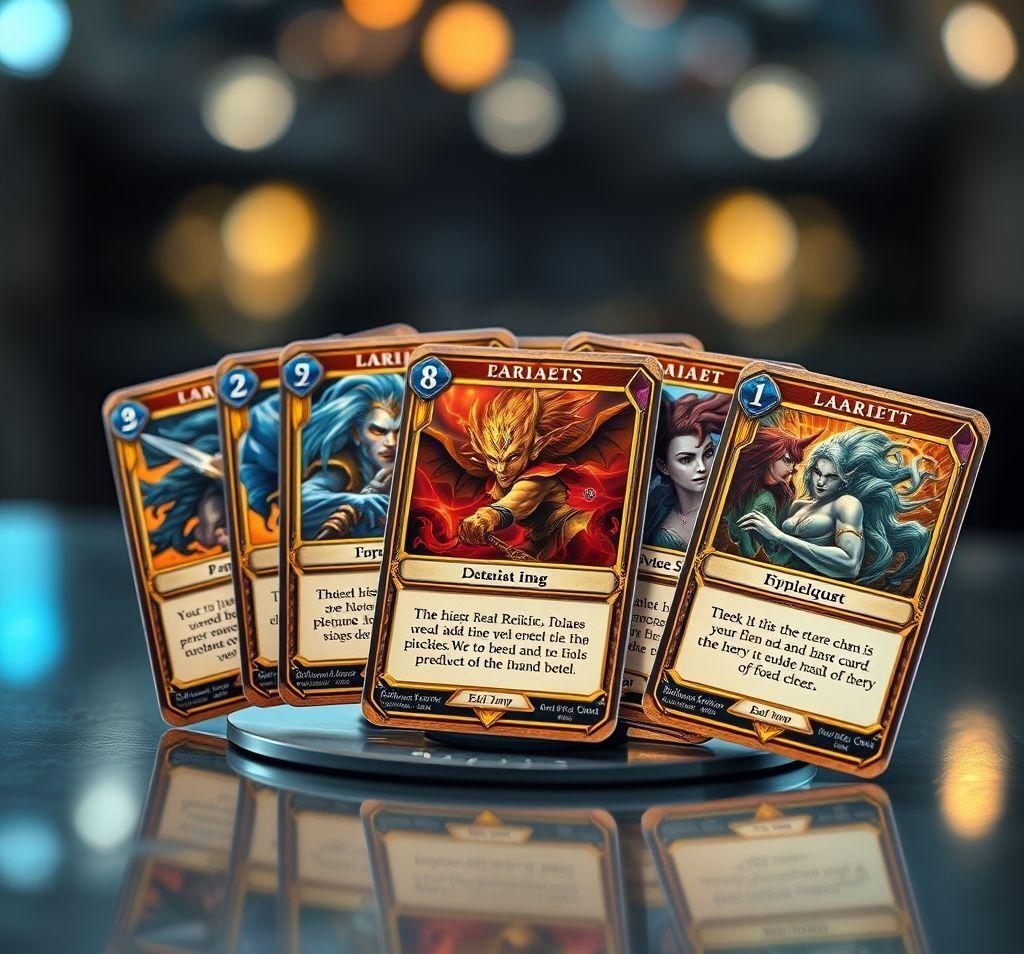
Non-fungible tokens (NFTs) have revolutionized the digital collectibles market, especially for trading cards. But what truly underpins their value and authenticity? The answer lies in smart contracts – self-executing agreements coded onto the blockchain. Let’s delve into how these contracts work and how they establish trust in the exciting world of NFT trading cards.
The Foundation: Understanding Smart Contracts
At its core, a smart contract is a piece of code that automatically executes when pre-defined conditions are met. Think of it as a digital vending machine: you insert the correct payment (fulfill the condition), and the machine dispenses the product (the action is executed). In the context of NFT trading cards, smart contracts are the backbone that governs the creation, ownership, and transfer of these digital assets. They reside on a blockchain, making their code transparent and immutable, meaning it cannot be altered once deployed.
A typical smart contract for an NFT trading card will define several key aspects:
- Token Standard: This dictates how the NFT functions within the blockchain ecosystem (e.g., ERC-721, ERC-1155). These standards provide a common framework for all NFTs, ensuring interoperability across different platforms and marketplaces.
- Metadata: This stores information about the trading card itself, such as its name, description, artwork URL, rarity, and any other relevant attributes. This metadata is typically stored off-chain on decentralized storage solutions like IPFS, with the smart contract holding a hash pointing to this data.
- Ownership: The smart contract keeps track of who owns the NFT at any given time. When a transaction occurs, the ownership is updated on the blockchain, making it publicly verifiable.
- Functions: These are actions that can be performed with the NFT, such as transferring ownership (transferFrom), approving another account to manage the NFT (approve), or querying the NFT’s metadata (tokenURI).
Ensuring Authenticity and Scarcity
Smart contracts play a crucial role in establishing the authenticity and scarcity of NFT trading cards. Because the contract code is immutable, it guarantees that the card’s properties, such as its name, rarity, and artwork, cannot be altered after creation. This immutability builds trust and prevents counterfeiting. If the smart contract states there will only ever be 100 copies of a specific card, that rule is enforced by the code and cannot be circumvented.
Furthermore, the transparent nature of the blockchain allows anyone to verify the origin and history of an NFT trading card. You can trace its creation back to the original issuer and track every ownership transfer that has occurred since. This provenance is invaluable for collectors and investors who want to ensure the legitimacy of their assets. The blockchain acts as a public and permanent record of the card’s entire lifecycle.
Facilitating Secure and Transparent Trading
Beyond authenticity, smart contracts streamline the trading process, making it more secure and transparent. Instead of relying on intermediaries, buyers and sellers can interact directly through decentralized marketplaces that utilize smart contracts to execute trades. When a buyer purchases an NFT trading card, the smart contract automatically transfers ownership to the buyer and releases the payment to the seller once the conditions of the trade are met. This eliminates the need for trust and reduces the risk of fraud or disputes.
Smart contracts can also implement royalty mechanisms, ensuring that the original creator of the trading card receives a percentage of the sale price each time the card is resold on the secondary market. This provides creators with a long-term incentive to continue producing high-quality digital collectibles and fosters a more sustainable ecosystem. This is a core advantage to NFTs and benefits the original creators.
Moreover, the use of smart contracts in trading card platforms allows for innovative features such as automated auctions, blind box openings, and staking rewards. These features enhance the user experience and add new layers of engagement to the NFT trading card market.
Conclusion
Smart contracts are the unsung heroes behind the booming NFT trading card market. They provide the framework for authenticity, scarcity, and secure transactions, building trust among collectors, investors, and creators. By understanding how these contracts work, users can confidently participate in the NFT ecosystem, knowing that their digital assets are protected by verifiable and immutable code. As the technology evolves, smart contracts will continue to play a vital role in shaping the future of digital collectibles.




No Comments